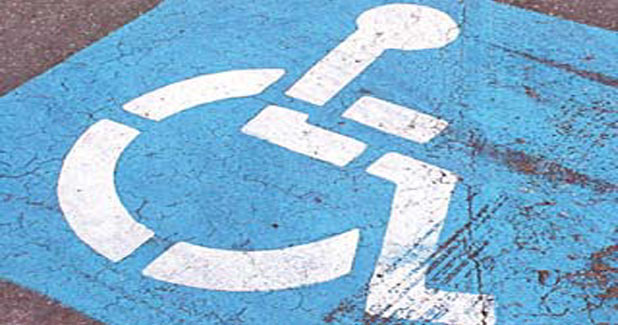

A truly smart city caters to the needs of every single citizen - marginalised or not.
A smart society that caters to every cross-section of the society is a rudiment for any well-functioning city. From safety for women to easy access and mobility for the physically-and mentally-challenged, design with universal focus is the most basic yardstick to assess any city´s smartness. But does the answer lie in good design, better awareness or smarter technology?
Addressing issues before solving them
The first step in building inclusive smart cities is to accept and acknowledge the disparities that exist in them and use new urbanism and other similar principles to solve them.
The approach calls for multi-disciplinary awareness about the social, economic and environmental implications of the decisions we take. Once this is achieved, cities can move a step further to form policies that recognise the needs of every individual and their right to equal and complete participation in the built urban environment. As Kalpana Viswanath, Co-founder, Safetipin app, rightly states, ´If the smart city discourse becomes about top-down development, it will not fulfill the needs of common citizens.´ The need for the participatory approach is absolute in the case of inclusive cities.
For planners, architects, engineers and technologists alike, the most common barriers in creating inclusive smart cities include disparate qualities of life across neighbourhoods; physical barriers making navigation virtually impossible for the disabled; safety challenges; and environmental repercussions of industrialisation, urbanisation and development. These barriers will continue to perpetuate inequality and result in social differences that define our cities. Once we develop an objective parameter of defining smart cities that addresses these issues, then can we consider our cities to be truly inclusive.
Elements of inclusive growth for a city
To set the tone for creating inclusive cities, we need a broad, all-encompassing framework that addresses every imaginable problem area in decision-making in the urban realm. The following are some of the most relevant aspects of this approach:
Economic development: Cities must form a system to provide employment locally by assisting local vendors and developing a vocational programme to support the same. Again, new and expanding companies must be encouraged to contribute in terms of jobs as well as job quality.
Housing and communities: Cities must focus on neighbourhoods with a wide range of housing options (in terms of cost) to ensure a mix of socio-economic population. Housing should be modernised for better safety, healthcare and community activities around these neighbourhoods. Private investment can be encouraged by introducing developer incentives, individual development accounts, tax credits and zoning changes.
Education: Condition and location of a school should not be a determinant in a child´s access to learning. Developers can play an integral role in renovation. Also, schools should be closer to residential areas. And, shared school spaces, community facilities and parks could be explored.
Access and mobility: Public transit systems need to be multimodal, viable and interconnected. Cities can also create incentives to encourage the use of public transport.
Environmental protection: Cities could develop green corridors and connections to encourage bike and pedestrian friendly movement. Planners must also rethink the use of open spaces and other environmental implications of the use of urban land in the development process.
Community facilities and spaces: Usable and well-maintained open spaces can bring together a wide spectrum of socio-economic sections in the society. They are great tools to improve water and air quality and preserve urban forests, wetlands and rivers. To promote these, cities can levy fees for parking and entry.
Forward thinking, good design practices and progressive policies can all be useful in taking cities beyond the tradition. However, in the words of Parul Kumtha, Founder, Nature-Nurture Architects, ´The approach we take towards design often has to be tweaked in the Indian context to ensure efficacy.´
´Before talking about technology, let´s talk about people because if people are ignored, cities are not cities.´
-Anjlee Agarwal, Accessibility Consultant, Co-founder, Samarthyam (speaking at UltraTech presents India Under Construction ´Smart SoCIeTY´ conference in New Delhi on November 28, 2015)